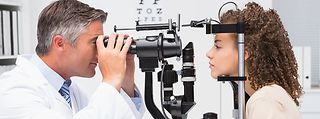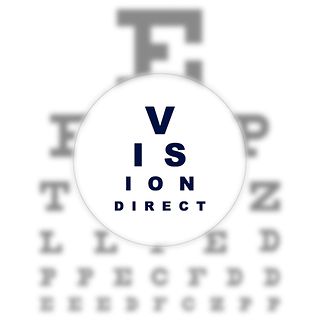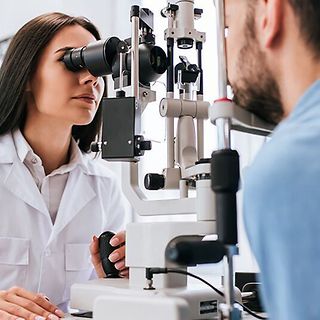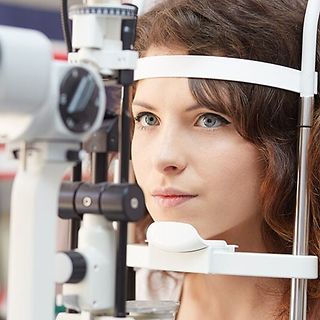The pre-test is a simple routine conversation. It is usually carried out by an optical assistant who will ask you a series of questions to get to know your health and lifestyle better. Some of the questions they might ask you are:
- Do you take any medication?
- Do you already have a prescription? And if so, do you already wear glasses?
- Do you have any eye health issues or genetic health history such as glaucoma?
- Do you have any issues or concerns with your current vision?
From this, the optical assistant will:
- Check the pressure of your eye by blowing a small puff of air into each eye with the optometer. The optometer is the machine that looks a bit like big glasses with rotary lenses. It allows to check your eyes health and to assess your risk of developing glaucoma. Don't worry if you blink, it will hydrate your eye and allow the optical assistant to have a better look at your eye.
- To check your eyes muscles, you will be asked to look at different targets in the room through the machine's goggles.
- The optician assistant might also take a picture of the back of your eye thanks to digital retinal photography, a special camera that allows to get a high resolution vision of the inside of your eye. It's a good way to keep track of the health of your eyes.
- The next stage will involve the use of a machine called autorefractor, this one looks a bit like an old computer and is designed to measure short-sightedness.



